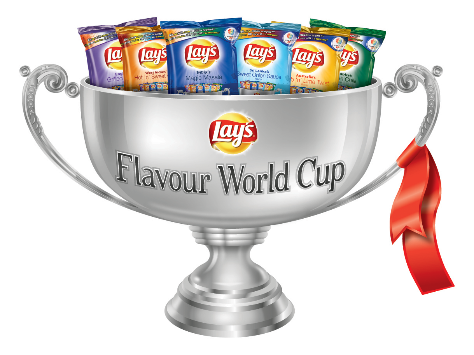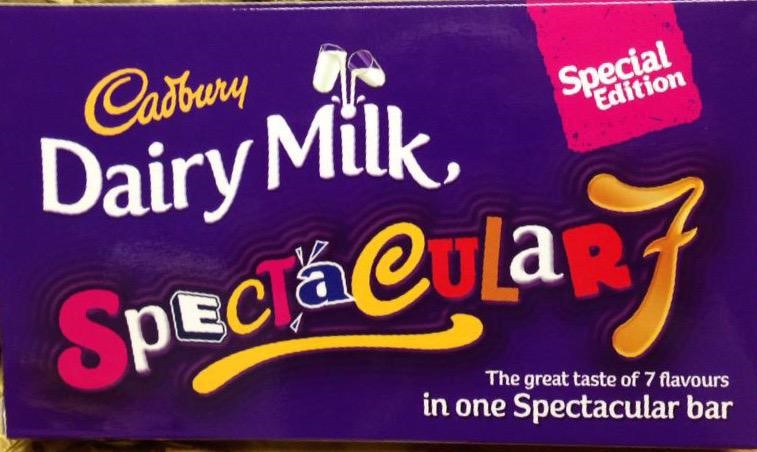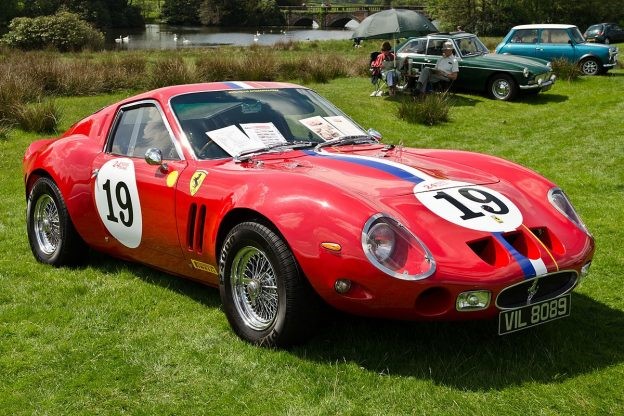Intellectual Property Rights (IPR) are like different keys for different locks. Just like every lock…
Limited Edition Products and their IP Protection
Every renowned business has some products that they launch separately. They are launched either for a special occasion or simply the sale of first impression products. These products are named “Limited Editions”. These items have restricted production and remain in the market only for a short duration of time. They almost never re-enter the market again. This creates scarcity of the product in the market. Basic principles of economics dictate that when a product is scarce in nature, its demand in the market tends to increase. The consumer thus associates a greater sense of value for such products. It is because of these factors that everyone loves to collect these limited editions products. Every industry from clothing to cosmetics to automobiles launches these editions to increase their market standing.
But how can these Limited-Edition Products be protected?
We know Intellectual Property offers three kinds of protection to products:
While copyright protects the originality of the expression behind the product, the design preserves the overall appearance and aesthetic look of the product.
A trademark, on the other hand, exclusively identifies a product as belonging to a specific company and recognizes the company’s ownership of the brand.
Deciding what protection, a limited-edition product needs can be tricky. Therefore, it has been discussed in detail hereafter.
COPYRIGHT OR DESIGN
It is possible for a product to fall under both the Copyright and Design categories. However, the creator can avail protection only under one. It is an either-or choice. According to the Indian Design Act, if your design is registered under the Designs Act it is not eligible for protection under Copyright Act, even if it is artistic work. However, if you register under the Copyright Act, then your product will be restricted to 50 pieces.
Therefore, in such cases, the creator should carefully examine the essential ingredients and the duration of protection that is available to the right holder.

If there would have been a case, in the Indian context, Cadbury would have lost the copyright protection if it applied the artistic work to the 51st chocolate bar as per Section 15 of the Indian Copyright Act. After that, registering it as a design under the Design Act would also be difficult because of loss of novelty as per Section 4 of the Designs Act.
TRADEMARK
A trademark is a sign capable of distinguishing the goods or services of one enterprise from those of another. For example, when you see a warm red folded ribbon-like letter N against a black background, it immediately reminds you of Netflix. Similar is the case with WhatsApp or even Cadbury as shown above. A trademark thereby helps customers recognize a business. Continuous use of the trademark is an essential requirement for not only registration but also for enforcing one’s right against infringement. Section 47 of the Indian Trademark Act, 1999 talks about the removal of trademarks when not used for a certain period of time.
As a limited-edition product remains in the market only for a particular period of time or till the restricted number of products are sold, continuous usage of a trademark becomes the biggest challenge.
Ferrari faced this issue with its limited-edition 250 GTO model. This model was manufactured between 1962 and 1964. The shape was protected as a registered trademark in 2008 under 3 categories.
- Class 12 (Vehicles)
- Class 25 (Clothing)
- Class 28 (Toy cars)

As a result, Ferrari lost its TM 250 GTO in July 2020 in reference to Classes 12 and 25, and only Class 28 (toy cars) remains effective.

CONCLUSION
Limited Edition Products are a great marketing approach as well as affords multiple IP protection. The key to such products lies in a combination approach. It is better to build upon the original trademark and introduce variations with artistic elements rather than building a new trademark. While distinctiveness under Trademark and originality under Copyright differ, the protection given to artistic work can be used for limited edition trademarks as well. Thus, IP protection can be availed by limiting the number of pieces or adding a variant to the trademark. Brands should therefore continue to launch limited-edition products like Omega launched its Tokyo Olympic 2020 watch collection.
Author: Sampada Kapoor – a Law Student at Panjab University (Chandigarh), in case of any queries please contact/write back to IIPRD at vidushi@khuranaandkhurana.com.



